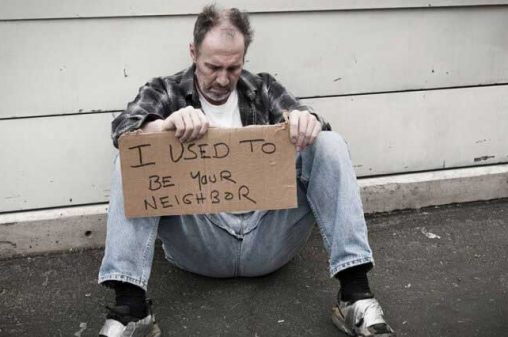Living Rough

Living rough, living on the streets, sleeping under bridges and enduring the homeless shelters is not fun. Some just hit a bad patch – lost a job, could not find work, could not pay their rent. Others suffer mental illnesses, addiction or other barriers to healthy engagement with life.
Why do officials accept homeless living on the streets, but when the homeless are given an opportunity to move into a mobile trailer home, the officials place innumerable barriers in their way? MSD bought 25 trial units in 2018 and then left them empty because they had been (improperly) told they required building consents.
Building pop-up kainga villages for the homeless can be done in a month, providing them with warm, dry, durable and affordable mobile trailer homes. Sites can be selected where they are provided with support, even workshops where they can learn a trade or tend a garden. The barriers in the way are state and local government officials. Here is their most recent position on the matter:
The Ministry of Housing and Urban Development is aware that tiny homes, including those on wheels, can provide people with a low-cost alternative home ownership opportunity, and this may be a preferably form of home ownership for some people. That being said, the building of tiny homes, including mobile homes, is not an option that is not currently being pursued by the Government and, as such, the Ministry does not have a formal advisory capacity on tiny homes, including those on wheels.